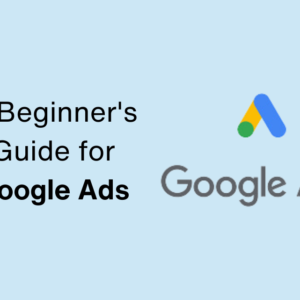Why HTML Formatting is Important for Blog Posts
When it comes to creating engaging and visually appealing blog posts, HTML formatting plays a crucial role. HTML, which stands for HyperText Markup Language, is the standard language used for structuring and presenting content on the web. By using HTML tags, you can enhance the readability, organization, and overall user experience of your blog posts. In this article, we will explore the importance of HTML formatting and how it can elevate your blog posts to the next level.
1. Improved Readability
One of the main advantages of using HTML formatting is that it improves the readability of your blog posts. By using headings, paragraphs, lists, and other HTML tags, you can break up your content into smaller, more digestible chunks. This makes it easier for readers to scan through the post, find relevant information, and understand the main points you are trying to convey.
Additionally, HTML allows you to emphasize certain words or phrases by using tags like em or strong. This helps to draw attention to important information and make it stand out from the rest of the text. By using HTML formatting effectively, you can create a more visually appealing and reader-friendly blog post.
2. Organized Structure
HTML formatting also helps in creating an organized structure for your blog posts. By using headings, you can create a hierarchical structure that clearly defines the main sections and sub-sections of your content. This not only helps readers navigate through the post but also makes it easier for search engines to understand the structure and relevance of your content.
Furthermore, HTML tags like
- and
- allow you to create unordered and ordered lists, respectively. These lists can be used to present information in a concise and organized manner, making it easier for readers to grasp the key points you are trying to convey. By using HTML formatting to structure your blog posts, you can create a well-organized and visually appealing piece of content.
3. Enhanced User Experience
HTML formatting plays a significant role in enhancing the overall user experience of your blog posts. By using HTML tags like for hyperlinks, you can provide clickable links to relevant sources, further information, or related articles. This allows readers to explore additional resources and gain a deeper understanding of the topic at hand.
In addition, HTML formatting allows you to include images, videos, and other multimedia elements in your blog posts. These visual elements not only make your content more visually appealing but also help in conveying information more effectively. By using HTML to incorporate multimedia elements, you can create a more engaging and interactive experience for your readers.
Conclusion
In conclusion, HTML formatting is essential for creating engaging and visually appealing blog posts. By using HTML tags to improve readability, create an organized structure, and enhance the user experience, you can elevate the quality of your content and make it more appealing to your audience. So, the next time you create a blog post, make sure to leverage the power of HTML formatting to make it stand out from the crowd.




